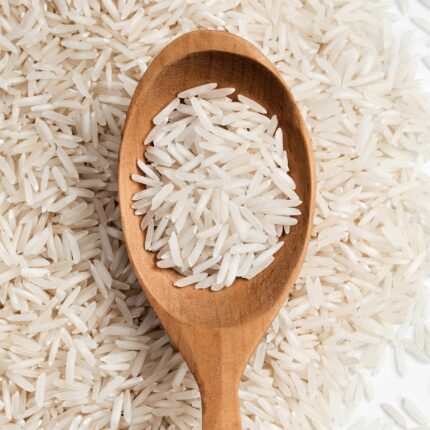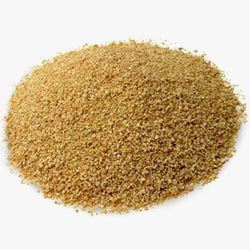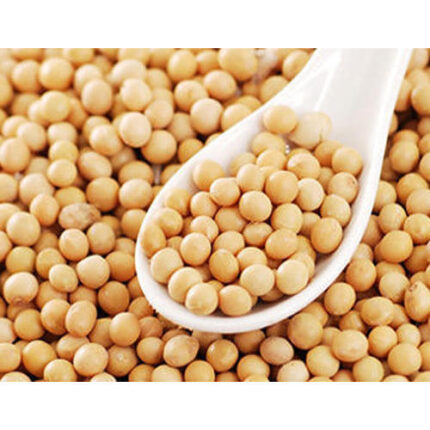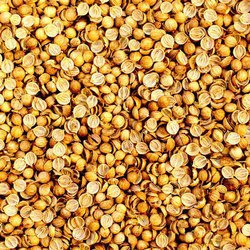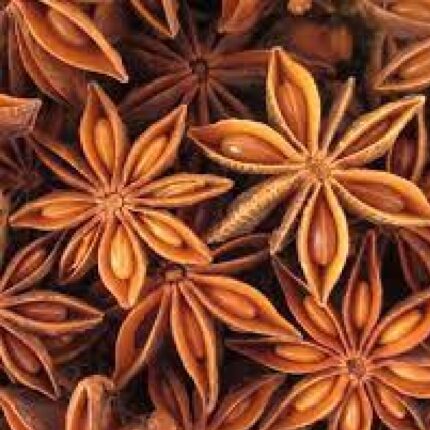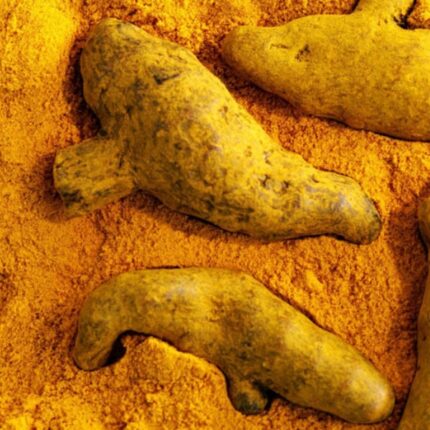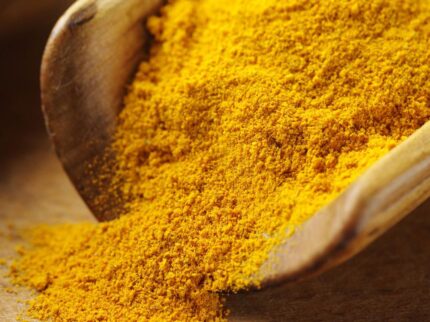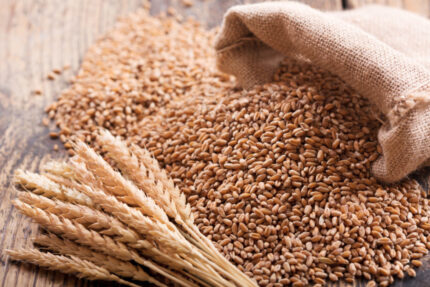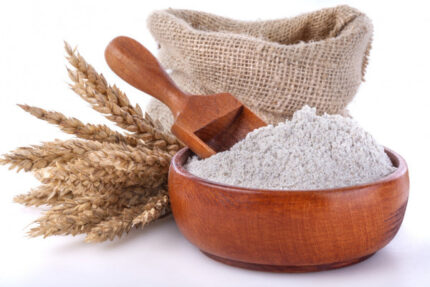Products
Showing 25–33 of 33 results
Rice
Soybean meal
Soybean meal is used in food and animal feeds, principally as a protein supplement, but also as a source of metabolizable energy. Soybean meal is one of the major protein sources for feed and is typically traded on the basis of protein content. Depending upon the processing at crushing plant, removal of the hulls will increase the protein content.
Soybean seed
Soybean, (Glycine max), also called soja bean or soya bean, annual legume of the pea family (Fabaceae) and its edible seed. The soybean is economically the most important bean in the world, providing vegetable protein for millions of people.The soybean is one of the richest and cheapest sources of protein and is a staple in the diets of people and animals in numerous parts of the world.
Split coriander
Coriander, popularly known as dhania in India, is extensively used across various regional cuisines to flavour curries, stir fries, snacks etc. Coriander is one of the oldest of herbs and spices. The fruit of the coriander plant contains two seeds which, when dried, are the portions used as the dried spice. when ripe, the seeds are yellowish-brown or tan in colour with longitudinal ridges. Coriander seeds are available throughout the year, in whole or in ground powder form.In Ayurveda, it is often recommended for stomach related ailments, as it is known to ease digestion.
Star anise
Star anise is a spice made from the fruit of the Chinese evergreen tree Illicium verum. It’s aptly named for the star-shaped pods from which the spice seeds are harvested and has a flavor that is reminiscent of licorice. Because of similarities in their flavor and names, star anise is often confused with anise, though the two spices are unrelated. Star anise is famed not only for its distinct flavor and culinary applications but also for its medicinal benefits.
Turmeric
Turmeric is one of the many Indian spices that have been a part of various traditional cuisines over centuries. Ayurveda has regarded Haldi or Turmeric as one of the most beneficial roots in nature.Turmeric is originally a ginger-like rhizome and is widely used in Indian households not just to give that beautiful, golden colour to food but also to increase the nutrient and medicinal value of what we eat. It is rich in antioxidants and curcumin that increase the body’s immunity and kick out the disease, along with various other advantages like improving brain and heart function and possible treatment for cancer-causing cells.
Turmeric powder
Turmeric powder is a bright yellow spice powder made from dried turmeric rhizomes. While its slightly peppery and warm flavour; vibrant colour; and preservative properties make it a great culinary ingredient, the presence of 'curcumin' makes is suitable for cosmetic and medicinal purposes too. It is rich in antioxidants and curcumin that increase the body’s immunity and kick out the disease, along with various other advantages like improving brain and heart function and possible treatment for cancer-causing cells.
Wheat
Wheat flour
Wheat flour is a powder made from grinding wheat, making is usable for human consumption. There are different types of wheat flour, distinguished by the amount of gluten they contain, their color, the parts of the grain used, and the type of wheat. Wheat flour is an essential ingredient in bread, cakes, cookies, and most baked goods.

